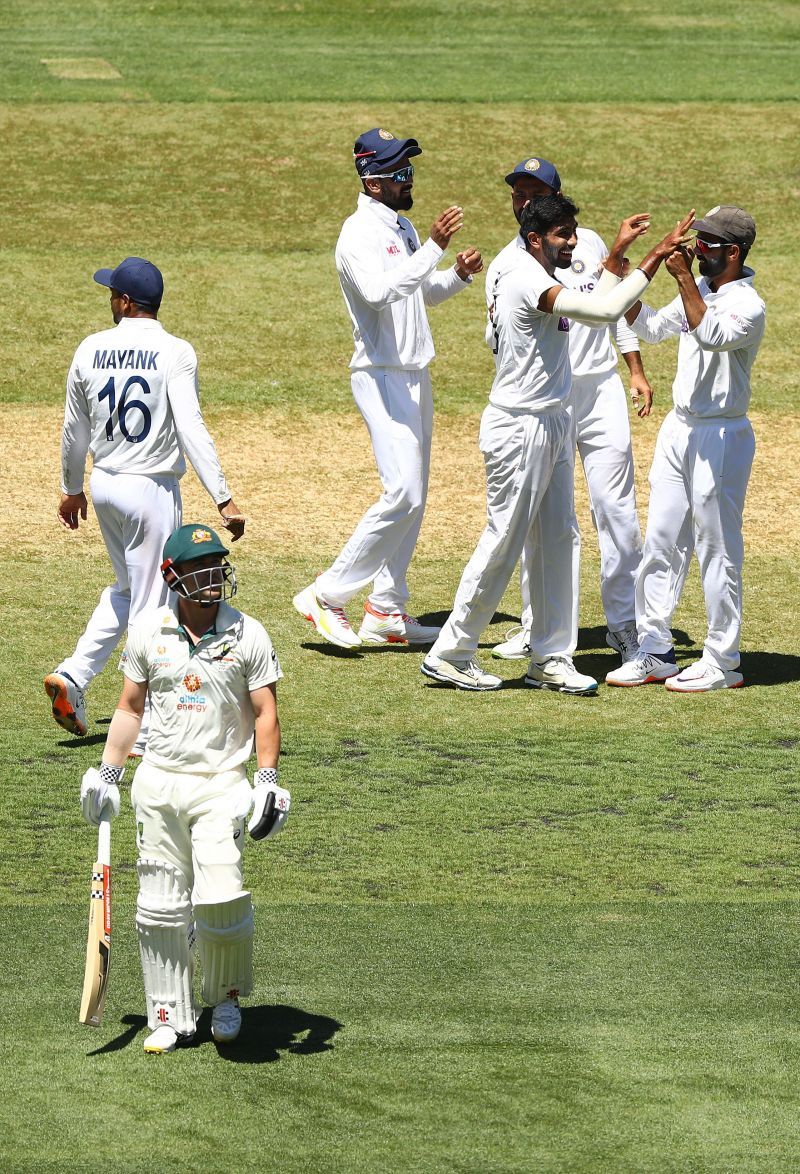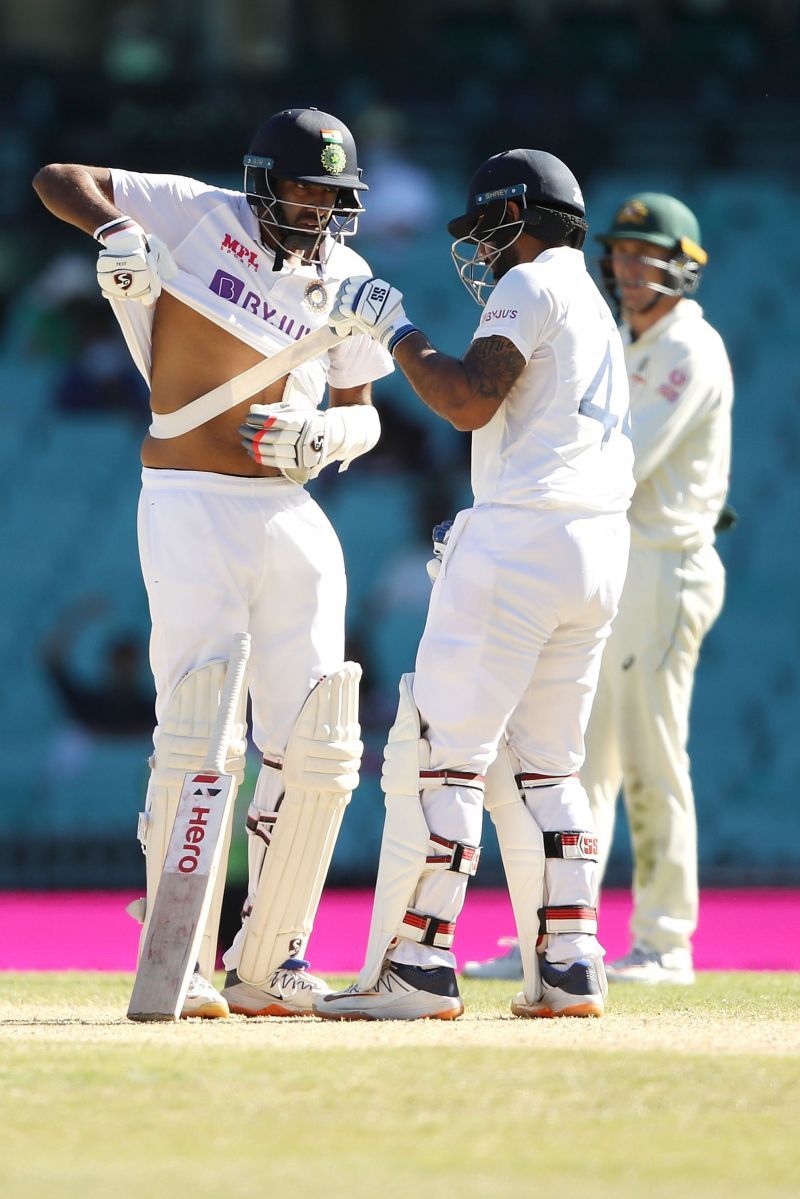
On the unfairness of 'extras'

The Melbourne Cricket Ground. The second Test of the Border-Gavaskar Trophy. 42nd over in Australia’s first innings, Jasprit Bumrah ambles in for the ‘fifth’ delivery of the over to Travis Head, who along with Marnus Labuschagne, was gradually neutralising the early inroads India.
Head edges the slightly short-of-length delivery outside off, coming in but holding its line just that tad bit, for stand-in skipper Ajinkya Rahane to pouch it safely in the slips.
Looking back at what followed, that delivery may go down as one of the defining moments in the match, especially since the visitors needed to momentum to exorcise the ghosts of the horrific Adelaide Oval.
Bumrah should never have bowled that delivery in that over. It was the seventh one, had he not already delivered two ‘no balls’ before!
Extras: Law and the logic
The laws of cricket on ‘extras’ is unambiguous. Since a no ball or wide ball is invalid according to Law 17.3.2, the bowler needs to deliver a valid ball in its stead. However, Laws 21.15 and 22.6 ground no balls in the ‘fault’ of a bowler, providing for an express penalty of one run to be credited to the score of the batting team for every violation.
The scheme of the laws deters bowlers to ensure that they do not bowl unacceptably wayward deliveries or from unfair positions. One may also understand the penalty run to further deter undue lengthening of an inning. We also know that the penalties have been revved further up in the playing conditions for the shorter forms since the incorporation of the ‘free hit’.
Compensatory balls and penalty runs add legitimate context to limited-overs cricket since the competition revolves around which team has a higher score on a given day.
But in Test cricket, the contest is not always dependent on how many balls a team plays in an innings. While free hits are still not a feature, it may not always be a boon for a batting team to have one or more compensatory balls in an over.
Double-edged sword

The Australian fans would understandably be frustrated at Head’s dismissal that day, but cricket comes with its integral accidents. And there could be worse timing yet.
Six wickets followed Head’s departure. In the third Test in Sydney, one-third of the total number of no balls in the fourth inning (two out of six, to be precise) were delivered inside the mandatory overs on the final day, when Hanuma Vihari and Ravichandran Ashwin had nothing on their minds but to guard the long tail and anchor their side to an improbable draw.
Making what turned out to be their final stand on this injury-filled tour, they would certainly appreciate two less deliveries to survive – against more pain and the threat of defeat.
It may appear that first-class cricket is better off doing away with Laws 17.3.2.3 and 17.3.2.4, which exclude no balls and wide balls from being counted towards the over. It should also marginally help the adjacent picture of keeping the over-rates in check.
But such an option may prejudice a batting team fancying their chances of chasing down a target in the final inning, but faced with a time crunch, likening the endgame to the limited-overs match. Doing away with compensatory deliveries would then work to the relative advantage of the fielding team, especially when the countdown of the mandatory overs has begun in the final session.
The answer may well lie in introducing a little flexibility into cricket, whose formalism can at times be a little too rigid for the interest of the sport. The Marylebone Cricket Club and the International Cricket Council should consider making the requirement of the compensatory delivery optional in the event of no balls and wide balls in all forms of first-class cricket, where the batters get to choose whether they want an extra scoring opportunity. The batter may still lose their wicket, but it would be way less of an accident that Travis Head fell victim to!